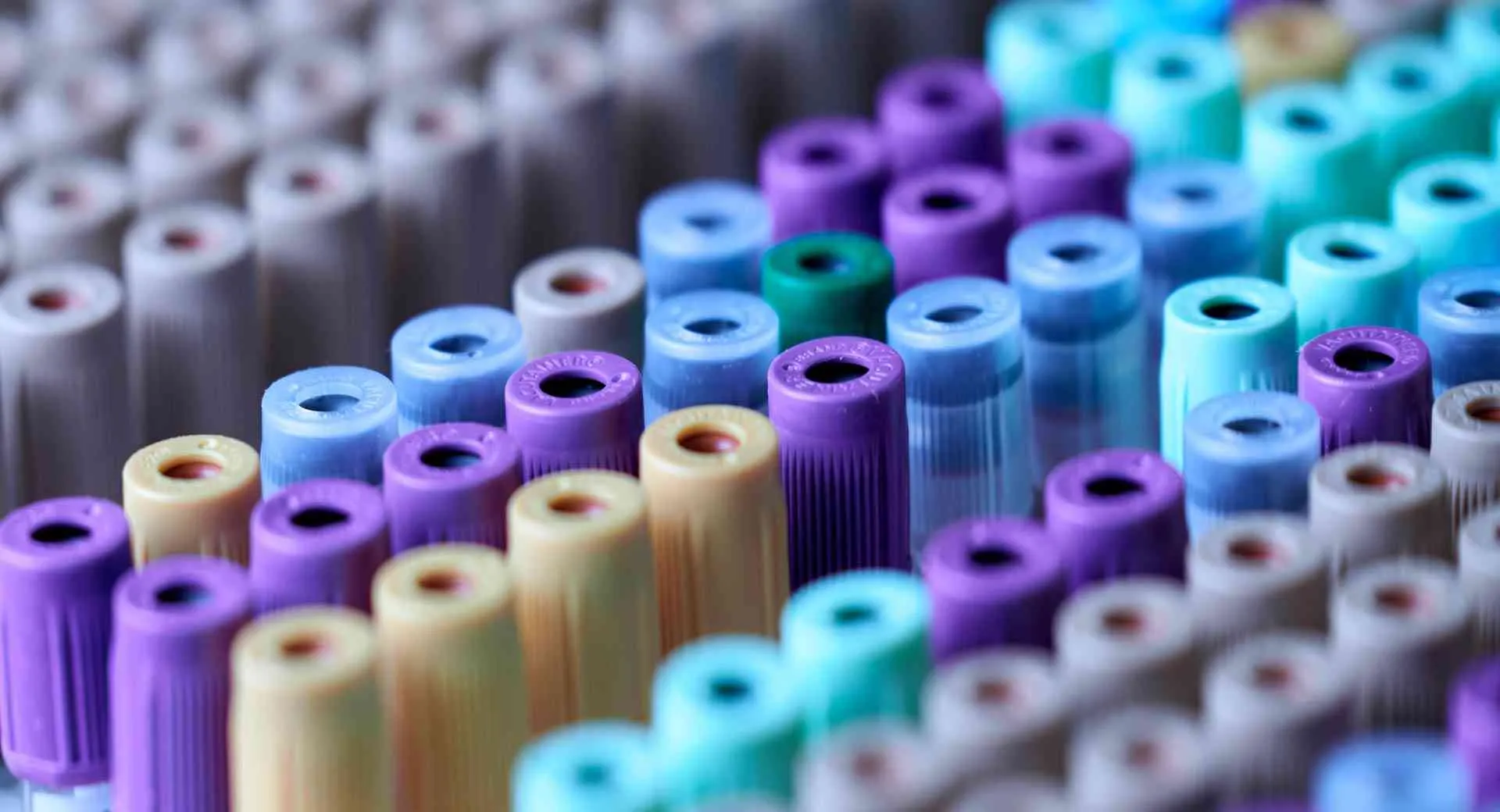Creative PEGWorks has collected hundreds of papers published in peer-reviewed journals citing the use of…

Looking for a better method to improve your PEGylation yield?
Are you looking for a better way to improve your PEGylation yield? I bet you are.
What Affects PEGylation Yield?
Many parameters affect PEGylation process. The surface accessibility of the reactive site of amino acids is the most critical. On protein surfaces, there exist hydrophobic patches and concaves that expel water and thus hydrophilic PEGs. Reactive sites such as cysteine residues can be buried inside the hydrophobic domains. This makes the PEGs hardly contact the free thiols. It has to contact to react. Improving the surface accessibility of reactive sites such as cysteine residues is demonstrated to improve PEGylation efficiency. How to achieve this?
A better method to improve your PEGylation yield
The answer is to temporarily unfold protein structures such as changing pH values, ionic strength or even externally applied stress, all of which could potentially change the protein conformation to allow PEGylation, followed by re-forming the native 3D structure.
Just be smart, and sometimes a bit crazy to try different things. A paper in one ACS journal of Bioconjugate Chemistry doi: 10.1021/acs.bioconjchem.7b00531 solved this problem by applying high pressure to the PEGylation process. At 250 mega-pascals, 90% of protein human ciliary neurotrophic factor (CNTF) was PEGylated without using excess of PEG reagents, which normally have to be used to achieve even a low degree such as 5-10% of PEGylation. Upon PEGylation, the protein reversibly refolds.
Go ahead to try it.
Related Posts
- PEGylation Protocols and Literature References
- PEGylation Reagents Available on Amazon!
Order PEG Products Online Creative PEGWorks set up a Merchant account on amazon.com to make…
- Benefits of PEGylation in the Pharmaceutical Industry
Benefits of PEGylation in Pharmaceuticals Wondering if you should use PEGylation for your products? There…
